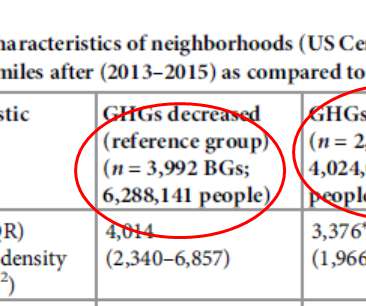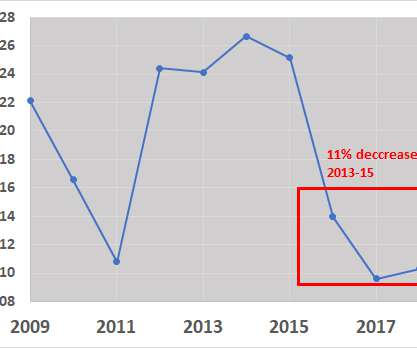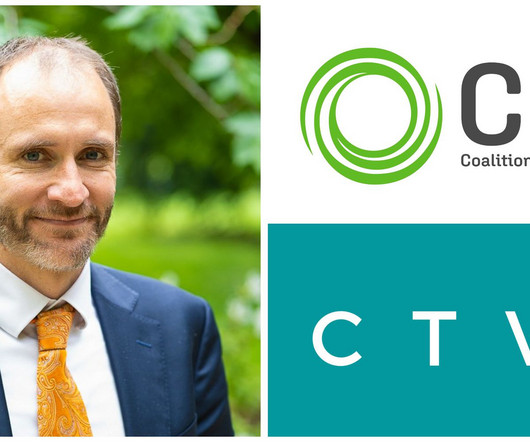CARB Amending SF6 Regulation: Stricter Requirements for California Electrical Equipment
Latham's Clean Energy Law Report
MARCH 4, 2019
SF6 is the most potent GHG, with a global warming potential (GWP) tens of thousands of times higher than carbon dioxide. Equipment subject to the SF6 Regulation are found at many renewable energy facilities that do not otherwise emit GHGs, such as wind, solar, hydropower, and geothermal facilities.
















Let's personalize your content